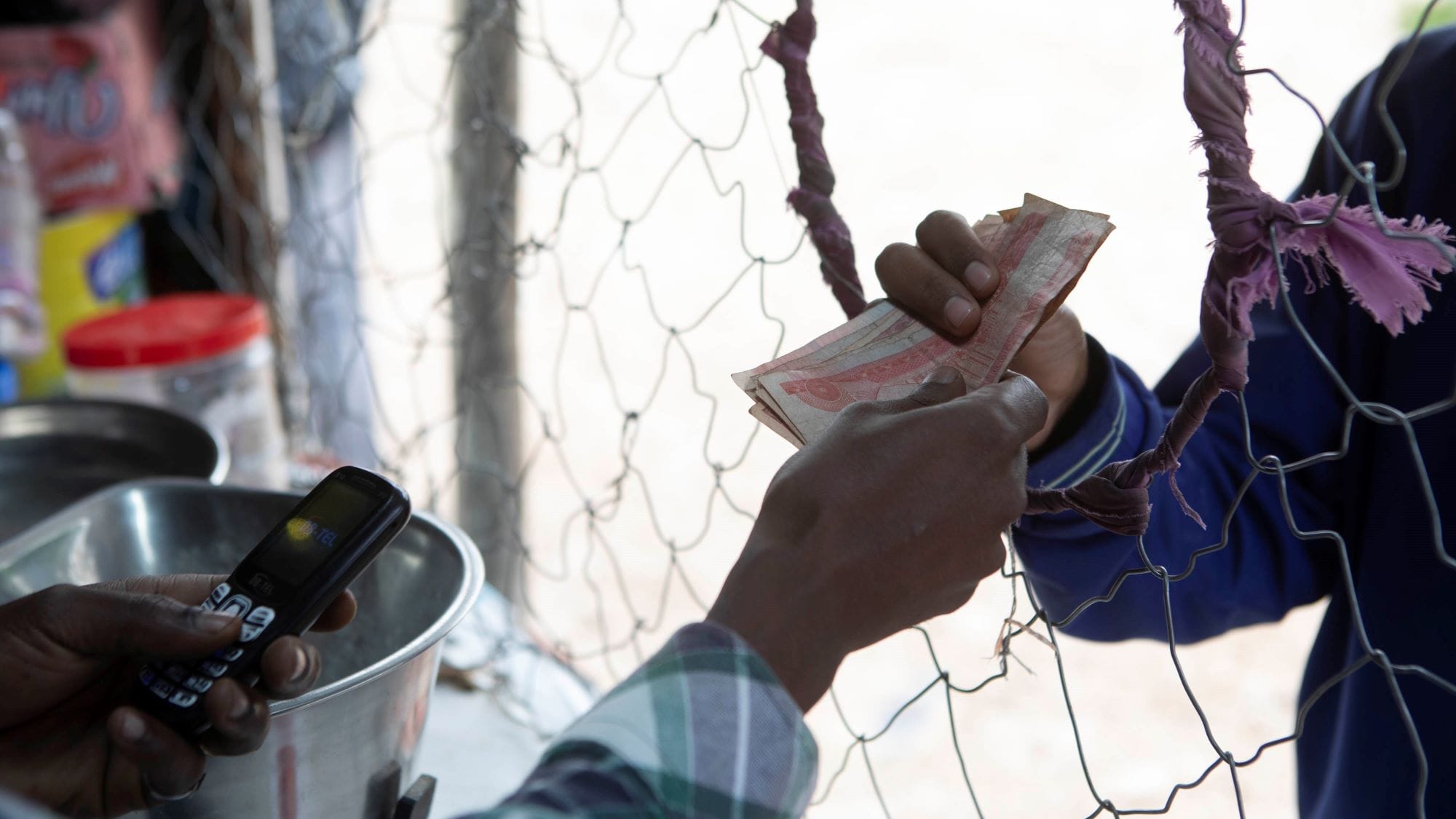The Financial Inclusion Series—convened by DAI and originally published on the Guardian Development Professionals Network—has explored various themes in the “financial inclusion” agenda, from mobile money and poor people’s financial capabilities to innovative supply models and agricultural finance, among others. The range of subject matter and diversity of authors testify to the breadth of the field and the need to pull from different disciplines and perspectives if we are to meet the challenge of financial inclusion.
With nearly half of global working-age adults excluded from formal financial services, new ways of thinking are imperative. Microenterprise lending showed that the poor are “bankable,” for example, yet it has led neither to a significant uptake of financial services nor to a systemic transformation in the livelihoods of the poor.

While intentionally wide-ranging, the articles in this series yield several recurrent messages:
- To achieve financial inclusion, financial services providers must meet the needs of—and provide value to—a variety of stakeholders: smallholder farmers, individual men and women and their households, microenterprises, and small and medium-sized businesses.
- Poor people’s financial lives are complicated and varied, so they require a diverse and broad set of financial services (formal and informal) to smooth their incomes, respond to shocks, manage risks, build assets, and invest in productive enterprises. True financial inclusion must go beyond mere access to promote the use of financial services in a way that improves poor peoples’ lives.
- Practitioners must better understand the financial capabilities of existing and potential clients in order to deliver services through channels that are appropriate to poor populations. In this context the enabling environment is critical, both to ensure the integrity of vendors and protect the rights of consumers.
- Technology has great promise, particularly in reducing the costs of services to the most remote populations, but we should not overstate its likely impact in the near term. Any application of technology to promote inclusion will surely fail unless it keeps the poor client at the center of everything it is trying to accomplish.

We would like to thank the Guardian Development Professionals Network for providing a forum for the series. Above all we would like to thank the authors—for sharing their thoughts and also for their longstanding contributions to the financial inclusion community.
We hope you enjoy the series.





